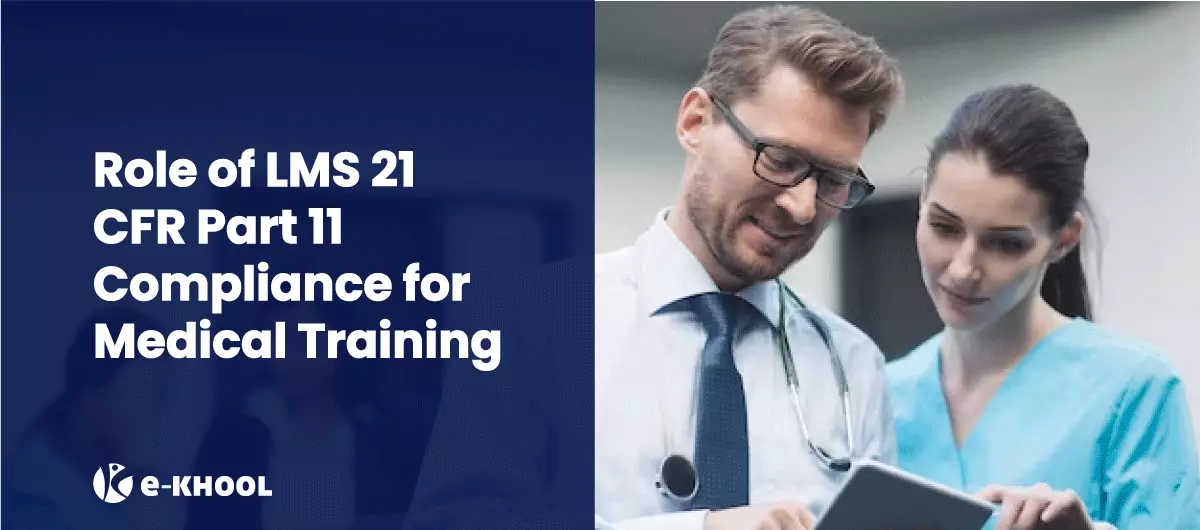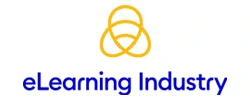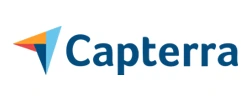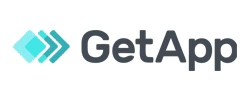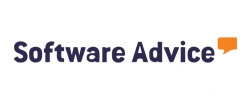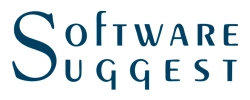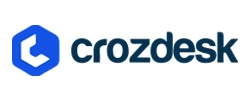If you work in the medical industry, you are aware of how important it is to keep your employees informed about the most recent rules, standards, and best practices. You are also aware of how difficult it can be to provide FDA-compliant training that is both efficient and interesting (Food and Drug Administration). The 21 CFR Part 11 training regulation, which addresses electronic records and electronic signatures, is one of the main laws that influence medical education.
So how does your learning management system (LMS) relate to 21 CFR Part 11? How can you be confident that the 21 CFR Part 11 is followed by your learning management system (LMS)? What attributes and capabilities do you need to search for in an LMS that supports medical education? We will address these inquiries in this blog post and assist you in selecting an LMS that complies with 21 CFR Part 11 training. Let us have a walkthrough on the quick overview of this article.
Contents
What is 21 CFR Part 11 Compliance?
The standards for electronic records and electronic signatures to be regarded as trustworthy, dependable, and equivalent to paper records and handwritten signatures are outlined in 21 CFR Part 11 of the Code of Federal Regulations (CFR).
Any organization that engages in activities subject to FDA regulation and develops, alters, maintains, archives, retrieves, or transmits electronic records or electronic signatures is subject to the regulation. This comprises pharmaceutical firms, biotech firms, producers of medical devices, contract research organizations, as well as hospitals, clinics, research facilities, and other healthcare institutions.
Main objectives of 21 CFR Part 11:
-
Assure the reliability, security, and privacy of electronic documents and signatures.
-
Protect electronic records and signatures from illegal access, change, duplication, and erasure.
-
Assemble audit trails and records for electronic records and signatures.
-
Create processes and controls for generating, validating, and preserving electronic documents and signatures.
Key requirements of 21 CFR Part 11:
-
Accurate, comprehensive, consistent, and secure electronic records are required.
-
It is a requirement that electronic signatures be distinct, verifiable, and connected to the corresponding electronic documents.
-
Auditable and traceable electronic records and signatures are required.
-
The FDA or other authorized parties must be able to access electronic documents and signatures for inspection.
Challenges in complying with 21 CFR Part 11
Making sure the LMS for FDA 21 CFR Part 11 Compliance used for medical training complies with 21 CFR Part 11's criteria for data integrity, security, and audit trails is one of the hurdles in doing so. In addition to offering a trustworthy and accurate history of all operations carried out on the system, the 21 CFR Part 11 LMS must be able to guard against unauthorized access, modification, or deletion of records.
Validating the LMS for 21 CFR Part 11 training to make sure it works as planned and generates reliable results is another difficulty. The LMS is evaluated against predetermined requirements as part of the validation process, and proof of compliance is recorded. Before using the LMS for regulated activities like 21 CFR Part 11 training, the validation must be completed. It must also be done again after any modifications or system updates.
The final challenge is keeping the 21 CFR Part 11 Interpretation and Compliance during its existence. This requires routine system performance and functionality inspection, monitoring, and evaluation. In order to solve any problems or deficiencies that might develop, the system also has to be updated as needed. According to 21 CFR Part 11 guidelines for pharmaceuticals, the maintenance actions must be documented and recorded.
By selecting a 21 CFR Part 11 Learning Management System that has been validated by an established vendor and is designed to comply with 21 CFR Part 11 training, these difficulties can be solved. Together with these features, the LMS ought to contain others that make compliance easier, like role-based access control, encryption, digital signatures, and audit logs. In compliance with 21 CFR Part 11, the organization should also have a detailed policy and practice for using and maintaining the LMS.
What Should an LMS Offer to be 21 CFR Part 11 Compliant?
You can minimize costs, increase student engagement, and monitor learning results by streamlining your medical training procedures and using an LMS. Unfortunately, not all LMSs are created to adhere to 21 CFR Part 11 criteria. Make sure the LMS you choose has the following 21 CFR Part 11 Requirements capabilities and functions if you intend to use it for medical training that involves electronic records or electronic signatures:
Limited data access and a strong user authentication protocol:
The 21 CFR Part 11 LMS should let you manage who has access to your courses and data and should demand that users provide special usernames and passwords in order to log in. Additionally, the LMS should lock out users after a predetermined number of unsuccessful login attempts and remind users to update their passwords frequently.
Secure electronic signatures:
Learners should be able to digitally sign a document related to any online course they finish using the 21 CFR Part 11 LMS. The printed name of the signer, the date and time of signing, and the significance of the signature should all be included in an electronic signature (such as acknowledgment or approval). The LMS ought to forbid users from later editing or erasing recorded electronic signatures.
Audit trail tracking:
Every user action made on the system, such as creating, changing, viewing, finishing, or deleting records or courses, should be recorded and stored by the LMS. Each action should be recorded in the audit trail together with its time and date as well as the user's name and motivation (if applicable). The audit trail should be retrievable and searchable so that regulators or authorized staff can examine it.
Course versioning:
You must be able to make many versions of your courses in Compliance Training on 21 CFR Part 11 and keep track of the alterations you make to them over time using the LMS. The LMS should also keep track of the versions of a course that each learner has finished, as well as when they did so. By doing this, you can make sure that your students are always being taught the most up-to-date and pertinent material.
Report generation for inspection:
Your compliance training on 21 CFR Part 11 should have a learning management system (LMS) that enables you to generate reports on a variety of topics, including learner progress, completion rates, test scores, feedback, and compliance status. The reports must be precise, delivered on schedule, and simple to export or print for regulators or internal or external auditors to review.
How to Choose an LMS that Meets 21 CFR Part 11 Compliance for Medical Training
How can you select an LMS that meets your needs for 21 CFR Part 11 training given that you are aware of the features and functions it must include to be in compliance with 21 CFR Part 11?
Here are some steps you can follow to make an informed decision:
Specify the objectives and requirements for your medical training:
You must be clear about the goals of your medical training program in 21 CFR Part 11 training and the particular criteria you have for content, delivery, assessment, and reporting before you begin looking for a 21 CFR Part 11 LMS. Should your employees be trained in SOPs (Standard Operating Procedures), GMPs (Good Manufacturing Practices), or GLPs (Good Laboratory Practices), for instance? Do you need to present your courses in a hybrid manner, online, or offline? Do you need to evaluate the competencies, knowledge, and skills of your employees? Do you require reports on the feedback, performance, or compliance status of your employees?
Examine several LMS choices:
You can begin looking at several LMS options that meet your medical training objectives in 21 CFR Part 11 LMS and needs once you've established them. You can consult a variety of information sources, including case studies, demos, testimonials, and web reviews. Also, you can seek advice from other businesses in your sector or speak with specialists or consultants who focus on medical training issues.
Comparing the various LMS functions and features:
Following a reduction in the number of prospective LMS choices, you can compare them according to the features and functionalities they offer for LMS for FDA 21 CFR Part 11 compliance and other elements of medical education. You can use a matrix or checklist to rank each 21 CFR Part 11 training compliance LMS option according to how effectively it fulfills your requirements on a scale of one to five. Also, you may provide a score for each LMS option by weighing each criterion according to how important it is to your medical training program.
Identify an LMS that fits your demands and budget:
Lastly, using the comparison results, select a 21 CFR Part 11 training LMS that fits your requirements and price range. You can also take into account things like the tool's usability, customer service, scalability, and compatibility with other products or systems. To obtain the most for your money, you should bargain with the 21 CFR Part 11 LMS vendor about pricing, contract terms, and service level agreements.
Also read: https://ekhool.com/usecases/clinical-training-lms
Why Do You Need a 21 CFR Part 11 Compliant LMS?
You must make sure that your LMS complies with 21 CFR Part 11 if you use it to provide online training to your staff in the medical field. This is due to the possibility that the data and content of your online training programs contain sensitive information that is covered by the rule.
You must keep account of who attended the compliance training on 21 CFR Part 11, when it was completed, how they did on the assessments, and whether or not they were certified, for instance, if you train your staff on SOPs or GMPs that are needed by the FDA or other regulatory bodies. Also, you must ensure that your staff members electronically sign off on the training materials to demonstrate that they have read, understood, and accepted them.
By using a 21 CFR Part 11 Interpretation and Compliance LMS, you can:
- Prevent unauthorized individuals from accessing, altering, deleting, or disclosing your online training records and content.
- Check your employees' credentials before allowing them to access or sign your online training materials.
- Keep track of every action that administrators or staff members take on the content and records of your online training program.
- Produce documentation of your online training activities to be used in reports for internal or external audits or inspections.
- Provide documentation of your adherence to FDA or other regulatory authorities requirements.
Final Note:
It can be difficult to choose an LMS that complies with 21 CFR Part 11 requirements for medical training. Data security, electronic signatures, audit trails, course versioning, and report production are a few of the things you need to take into account. Also, you should contrast various LMS choices based on the features and functions they offer in relation to 21 CFR Part 11 compliance and other facets of medical education. But, by following the instructions provided in this blog post, you may make a wise decision and select an 21 CFR Part 11 LMS that meets both your needs and your budget for medical training.
You can check out e-khool LMS, a robust and adaptable learning management system, if you're seeking for an LMS that complies with 21 CFR Part 11 interpretation and compliance for medical training. It offers all the features and functionalities listed above. You may design, distribute, administer, and track online learning courses and programmes for your medical staff members with e-khool LMS. By offering restricted data access, secure electronic signatures, audit trail tracking, course versioning, and report generating for inspection, it also aids in your compliance with 21 CFR Part 11 laws.
FAQs on LMS complies with 21 CFR Part 11 Compliance for Medical Training
1. What is 21 CFR Part 11 Compliance?
The US Food and Drug Administration (FDA) has created a regulation known as 21 CFR Part 11 that establishes the requirements for electronic records and electronic signatures in the medical sector. It is applicable to any company that produces, edits, keeps track of, or sends electronically signed documents that are subject to FDA requirements.
2. Why is 21 CFR Part 11 Compliance important for medical training?
Part 11 of 21 CFR Compliance guarantees the accuracy, dependability, and security of digital documents and digital signatures used in medical education. Additionally, it assists in preventing fraud, mistakes, and data loss that could jeopardize the standard and security of medical goods and services. Medical training providers can show that they adhere to industry regulations and best practices by adhering to 21 CFR Part 11's standards.
3. How does LMS comply with 21 CFR Part 11 Compliance for medical training?
A learning management system, or LMS, offers a complete answer for medical education. By including the following characteristics, LMS conforms with 21 CFR Part 11 Compliance:
-
LMS employs reliable authentication and encryption techniques.
-
The LMS keeps a record of each user's identity, actions, date, time, and other details in an audit trail.
-
Users of LMS can create and use electronic signatures.
-
Each user's identity and authority are confirmed by the LMS.
-
Users of LMS have access to their electronic records and can evaluate and validate them.
-
Throughout their retention time, LMS makes sure that electronic documents and signatures are correct, comprehensive, readable, and accessible.
-
Users of LMS can print or export their electronic records and electronic signatures in a manner that is readable by humans.
4. What are the key features of a 21 CFR Part 11 compliant LMS?
A 21 CFR Part 11 compliant LMS should have features like Restricted data access and a robust user authentication process, Secure electronic signatures, Audit trail tracking, Course versioning, Report generation for inspection.

